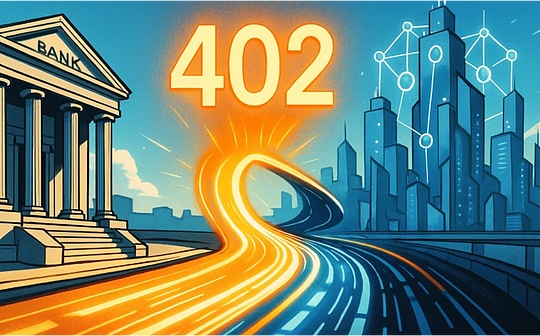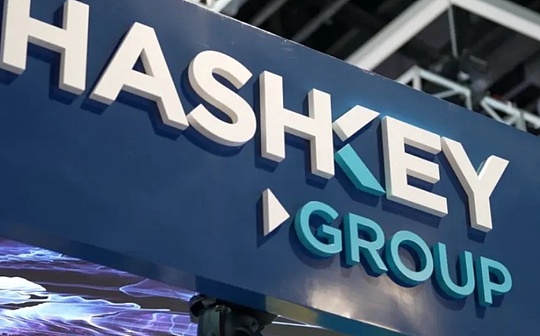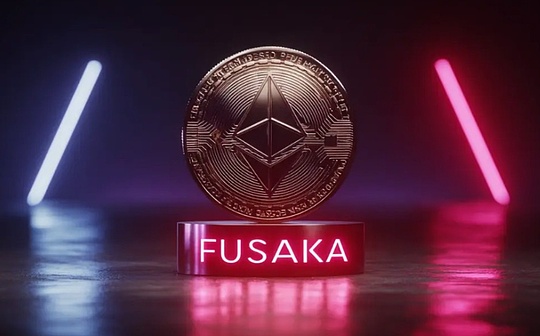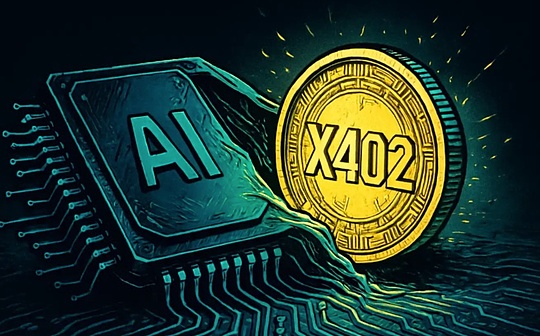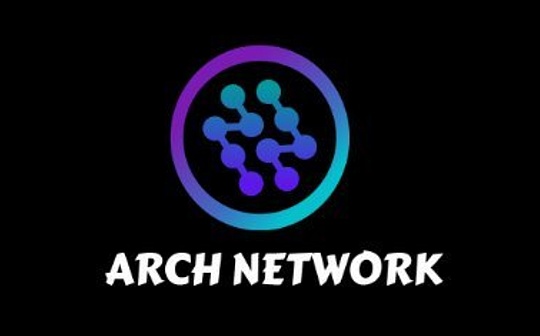
Author: Kris, ABCDE
Arch Network is a native application platform for Bitcoin.It directly introduces the intelligent contract function into Bitcoin through a novel architecture. This architecture uses Rust -based fog knowledge virtual machine Archvm and paired with decentralized verifications.The virtual machine (that is, designed for parallel execution) E combined with zero -knowledge certification (ZKP) for transaction verification, and the native programmability was completed on the BTC
While respecting the principle of sovereignty established by Bitcoin, ARCH enhances the function of BTC native layer through the complete programming of the Turing, and unlocked the programming of BTC on the first layer of BTC.
Why can’t BTC run the topic of smart contracts, everyone has discussed many times, the main reasons are three:
1. Limited script language: Bitcoin’s script language script intends to limit its functions to ensure security and simplicity.It lacks the complexity of the language used in platforms such as Ethereum, which limits the logic types and conditions that can be executed in Bitcoin smart contracts.
2. Data and status storage: Bitcoin’s blockchain needle optimizes the status information required for storage transaction data instead of complex smart contracts.The lack of state in the Bitcoin design makes the realization of dynamic smart contracts that can interact and update according to different conditions to become challenging.
3. Implementation environment: Bitcoin does not have a native execution environment that can run complex smart contracts.Platform (such as Ethereum) with high -end DAPP has a virtual machine (EVM) to provide a controlled environment for the execution of a smart contract.The architecture of Bitcoin does not include similar components for processing complex decentralized applications.
So far, the BTC ecosystem has a considerable number of Layer 2 solutions, trying to solve the lack of these basic pillars, but these solutions require users (receivers) to be unilateralMultiple signature accounts.This violates the first rule of Bitcoin: does not master the private key, does not have Bitcoin.
Arch Network is a native application platform for Bitcoin.It directly introduces the intelligent contract function into Bitcoin through a novel architecture. This architecture uses RUST -based zero -knowledge virtual machine Archvm and paired with decentralized verifications. It is collectively referred to as the ARCH network.Archvm is a virtual machine inspired by SVM (that is, designed for parallel execution). It combines zero -knowledge proof (ZKP) for transaction verification and completes native programming on BTC.
Next, let’s see how the specific Arch gives BTC a layer of programming?
The structure of ARCH is two parts, which aims to enhance the function of Bitcoin, consisting of ZKVM and decentralized verification network.These two parts have formed a execution layer directly on Bitcoin.This integration not only retains the security and liquidity of Bitcoin, but also significantly enhances its functions, thus achieving fast, secure, and fully verified smart contracts on Bitcoin.
How to do the core is a word, storage of additional data in the transaction.This increased data availability opens up new possibilities directly on the chain and metadata, which is essential for applications such as intelligent contracts that require access and verifiable status data.
The Arch network adopts an innovative state management method on the first layer of Bitcoin. Through the unique “status chain” process, it uses Ordinals to change the state in a single transaction, thereby reducing costs and ensuring atomic execution.
What is the “status chain”?
UTXO maintains the state in the smart contract address and separates it from execution to improve efficiency and security.The separation of state and execution allows more expressive smart contracts to promote the flexible development environment.
The protocol implements a proofer-verified model, where the serialized smart contract transaction is waiting for execution in the pool.The proofer retrieves and executes the transaction, generates the receipt used by the verification person.
U state and execution decoupled: This design choices allow more expressive intelligence contracts and innovative cases to promote the flexible development environment.
The use of U zero-knowledge virtual machine (ZKVM): Arch Network uses Risc Zero, a leading general ZKVM, similar to the RISC-V microprocessor, supporting Rust, C and C ++ and other languages.
U contract specific key: Each contract has the only key to prevent vulnerabilities. During deployment, a random key pair is generated to ensure that the contract is not shared and maintains its integrity.
What is Arch’s transaction process?
>
STEP 1: Call smart contracts through a Bitcoin transaction. The transaction includes the basic information required for execution, such as the latest status, some signature Bitcoin transactions (PSBT) and smart contract inputs.At the same time, there is an Arch Indexer that constantly monitor the new Bitcoin block, check the transactions in each new Bitcoin block to see if it meets this call.
Step 2: After detecting the transaction, Arch analyzes related details and continues to execute smart contracts.Subsequently, the smart contract generated a result state and an unsigned transaction, reflecting the asset transfer in execution and proof of verifying the execution of smart contracts.
STEP 3: All content is transmitted to the verification network, especially a leadership node.During each ARCH Era, a leader is randomly selected according to equity.Leading nodes spread the received information to all other nodes in the network.
>
STEP 4: Each node verifies the proof, and the status is changed into the transaction, and the transaction is recognized.Leaders collect signatures from these nodes until they reach the predefined threshold.
Step 5: Once the transaction is signed by a sufficient number of nodes, the transaction can be broadcast on the Bitcoin network.
In summary, Arch has solved how BTC Layer1 has two core issues of programming:
First: How to generate signatures on the first floor of Bitcoin?(For example, the solution of Ethereum is: the asset transfer supported by the contract, these contracts are trusted)
-
ARCH uses a threshold signature scheme (TSS) enables the verification network to share the key and sign a transaction on behalf of the user.
Second: The actual role of INDEXER is actually like a module responsible for calculation. After the index is calculated, who will come to Match the entire trade?
-
Once the user signs Bitcoin transactions, it is also a smart contract calling transaction. Bitcoin transactions include all information captured by ARCH virtual machines, and pass the data input and smart contract call information to ZKVM for processing.Transaction and validity proof)
With this set of processes, you can implement programming on Layer 1 and one level. In addition, ARCH realizes that smart contracts can call other smart contracts and temporarily suspend the execution of smart contracts until the call -called smart contract is processed.This mechanism can achieve seamless interaction and coordination between different smart contracts.
Arch ecology and opportunity:
There are quite a lot of ecology on Arch, such as the stable currency of Layer1 Native, the decentralized bridge before the SOL and the BTC, and the DEX of Layer1 Native. More developers are welcome to join Arch Network.
ARCH currently focuses on unlocking programming and execution capabilities.Layer2 and Layer3 will become a small place for frequent trading, while the first floor will handle more expensive bitcoin assets.Once Arch has unlocked the programming of DEFI on the 1st layer of BTC, they will solve the scalability problem, whether it is Layer2 or Layer1.5 or App Chain.
At the same time, Arch’s goal is to expand its network by establishing decentralized verification node networks.Initially, this may start with a set of trusted nodes to ensure stability and security.Over time, the strategy involves expand the network by motivating the participation of a wider range of communities and transitions to a fully decentralized model.This expansion will enhance the elasticity, decentralization and credibility of the network, making it more attractive to developers and users.At that time, more participants can pay attention to developers.




